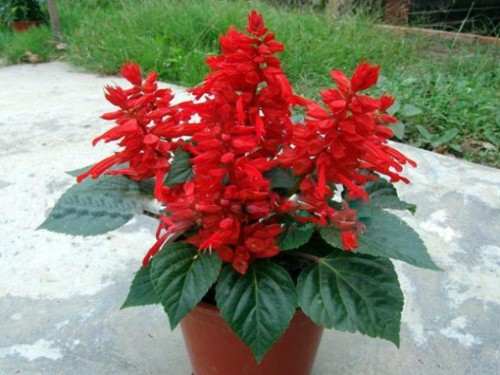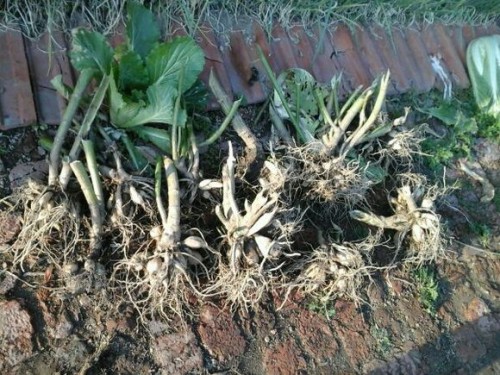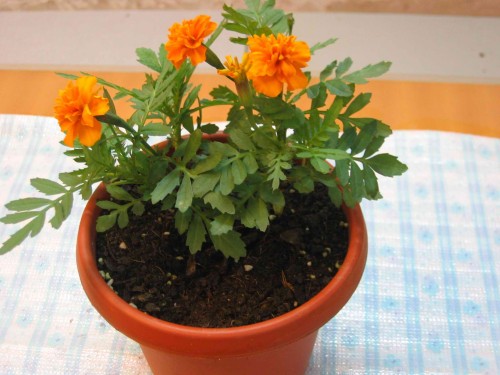The planting method of potted one-string red
A perennial herb of the genus Labiatae, cultivated only as a flower in 2012. Plant height varies with different varieties, mostly between 30 and 80. A string of red stems is quadrangular and the color is green. Most of the leaves are triangular, and the edges of the leaves have teeth. The flowers are shaped in strings and the Corolla is red. The florescence is from July to October. A string of red likes a warm and humid climate and a sunny environment. The suitable temperature for growth is 20-25 degrees. If it is below 15 degrees, the leaves will turn yellow.

The planting distance of a string of red is about 40 cm, which is suitable for fertile, loose, humus-rich soil or sandy soil. In the peak growing season, it can be applied with phosphate-containing liquid fertilizer once or twice to promote flowering. A string of red usually do not like flood, otherwise it is easy to produce yellow leaves, fallen leaves, resulting in large plants and sparse flowers. During the growth period, plastic surgery should be often removed to control the height and branching of the plant. Cause the inflorescence to grow and enlarge and blossom neatly.
Spring sowers bloom from September to October, and the old overwintering plants in the greenhouse also have flowers from May to June, but not as many as in summer and autumn. Although the branches and leaves grow vigorously in hot summer, there are few flowers. A bunch of safflower is late. If the seeds are harvested, they should be sowed in the greenhouse or hotbed at the beginning of March, which can advance the flowering date and help to bear fruit well. A string of red seeds are easy to fall, or are often not fully mature because of cool autumn, so they are often used in pots and transferred to the greenhouse for overwintering. Cutting new branches in the second year makes it easy to take root. In the hotbed above 15 ℃, cuttings can be cut at any time. The cuttings take root in about 10 to 20 days, and can be planted in 30 days. The cuttage seedling to flowering stage is faster than the seedling, and the plant height is also easy to control. The plant of the late transplant is short and the growth potential is weak, but it has little effect on the florescence, the flowering is still luxuriant, and it is easier to arrange. For the purpose of seed collection, it is best to use seedlings. National Day with a string of red, cut in early July, when the weather is hot, should pay attention to shade, rainy days should pay attention to rain and drainage.
When a bunch of red seedlings grow from 3 to 4 pairs of true leaves, each plant should have at least 4 lateral branches and move to the flower bed when the ends of the branches show flowers. If phosphate fertilizer is applied before flowering, flowering is especially good. A string of red calyx fades for a long time and does not fall, for ornamental arrangement, the residual flowers need to be removed at any time to keep the flowers colorful.
[seed collection]
A bunch of red flowers can be gently cut off when the seeds are ripe. At this time, the seeds have not yet turned black, but this does not affect germination. After drying in the sun, the seed will turn black and can then be stored.
[soil]
Like loose, well-drained soil. The basin soil is composed of sand soil, rotten leaf soil and manure soil, and the suitable ratio of soil to fertilizer is 7 ∶ 3.
[reproduction]
If you want to set up potted flowers in May, they should be sown in the middle of August of the first year, generally emerge in about 10 days, can be divided into seedlings and transplanted once in the first ten days of October, can be put in pots for indoor culture in late November, and can be moved to outdoor cultivation in late April of the second year.
[colonization]
After meticulous soil preparation, the seedlings with a height of more than 10 cm were coring, transplanting and planting for the first time in mid-May. Colonization should be carried out on cloudy days or in the evening. Take protective soil when transplanting flower seedlings. After planting, it is necessary to irrigate in time to prevent flood irrigation from flushing down the seedlings.
[potted]
In late April, when the seedlings grow 2 pairs of true leaves, about 3 cm high, move the seedlings into the bovine eye basin, each pot 3-5 seedlings, pour water after the pot, put in shade place to slow the seedlings for about 5 days, gradually strengthen the light, spray diluted liquid fertilizer at the end of the month. From the first ten days to the middle of May, when the seedlings grew to 3 pairs of true leaves, the heart was removed for the first time, and at the same time, a shade shed was set up outdoors (pay attention to wind prevention). The seedlings were gradually removed from the greenhouse on a cloudy day or in the afternoon, and diluted liquid fertilizer was sprayed every other month. The second split-planting was carried out in the first ten days of June, and the seedlings were transferred into the bovine eye pot in batches, with 1 seedling in each pot and watered thoroughly after transplanting. At this time, the lateral branches grow 3-4 pairs of leaves, and the second coring should be carried out and potassium dihydrogen phosphate should be sprayed. In late June, when the growing red plant covered the cow's eye basin, choose the pot with a diameter of 20 cm to plant in the pot, the flowerpot should not be placed too dense, and the management of fertilizer and water should be strengthened. After the third heart plucking in early July, the flowers bloomed from mid-July to early August. If you want to "National Day" blossom, you can fix the head in mid-August (the fourth time), and you will get plump, robust, colorful red potted flowers in mid-September.
[light]
Like the sunny, moist environment, can withstand semi-overcast. If there is not enough sunshine, the flowers are small and dark.
[temperature]
Like warm, not cold-resistant, avoid frost damage and dry and hot climate, the most suitable growth temperature is 20-25 ℃. The leaves below 15 ℃ are yellow or deciduous, and the flowers and leaves are small above 30 ℃.
[watering]
Do not like flood, large water is easy to make new shoots yellow, flower bed planting can be watered every 7 to 10 days. In the peak growing season, watering times can be increased. Potted plants can be watered at the right time according to the dry and wet condition of the soil, and the suitable time is about 10:00 or 5pm.
[fertilization]
Like big fertilizer, garden flower bed planting should apply rotten leaf fertilizer as base fertilizer. In the peak growing season, rarefied mature liquid fertilizer should be applied once every 10 to 15 days, or 1500 times diluted ammonium sulfate should be applied to change the leaf color. Potted plants apply fully mature liquid fertilizer as topdressing once a week. 1 ‰ urea was sprayed once a week at the seedling stage, and 1 ‰ potassium dihydrogen phosphate was applied on the leaves two weeks before flowering. After spraying liquid fertilizer, rinse the plant with clean water, and irrigate the plant again in the morning after fertilization. If urea or potassium dihydrogen phosphate is sprayed, it must be done in the early morning, evening or cloudy day.
[pest control]
It is easy to suffer from lobular disease at the seedling stage, and 0.2%-0.3% boric acid and zinc sulfate solution are applied to prevent and cure the disease. Hot summer climate, prone to red spiders, aphids and whitefly, can be sprayed 1500 times dimethoate control.
Time: 2019-05-25 Click:
- Prev

How to grow Dahlia bulb-- planting method
Dahlia, also known as Dahlia, Tianzhu peony, sweet potato flower, marble, passionflower and chrysanthemum, is a perennial herb of Compositae. The chrysanthemum is in full bloom, but the dahlia is different. it blossoms one after another in spring and summer, blossoms again after summer, and withered when Frosts Descent. Its flower shape is similar to that of the beautiful peony, and its color is magnificent and colorful.
- Next

Planting methods and matters needing attention of potted malachite
Peacock grass, a nickname for yellow chrysanthemum and satin flowers, generally grows in mountains at higher elevations. When it blossoms, its flowers are colorful and rich, as gorgeous as peacocks, so they are called peacock grass. The common colors of malachite flowers are red, yellow, orange and so on, which can be harvested in summer and autumn.
Related
- Fuxing push coffee new agricultural production and marketing class: lack of small-scale processing plants
- Jujube rice field leisure farm deep ploughing Yilan for five years to create a space for organic food and play
- Nongyu Farm-A trial of organic papaya for brave women with advanced technology
- Four points for attention in the prevention and control of diseases and insect pests of edible fungi
- How to add nutrient solution to Edible Fungi
- Is there any good way to control edible fungus mites?
- Open Inoculation Technology of Edible Fungi
- Is there any clever way to use fertilizer for edible fungus in winter?
- What agents are used to kill the pathogens of edible fungi in the mushroom shed?
- Rapid drying of Edible Fungi

